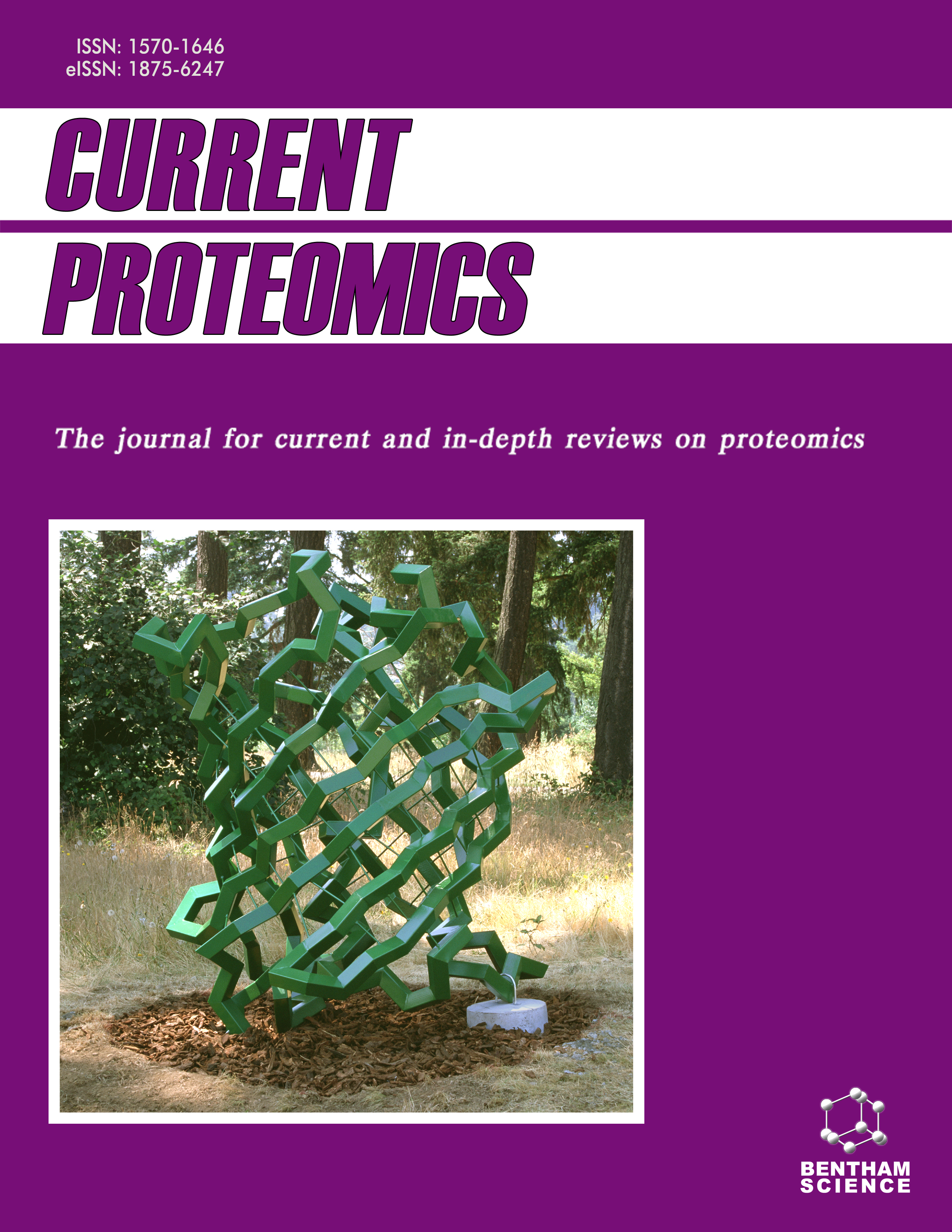
Full text loading...
We use cookies to track usage and preferences.I Understand

This study aims to gain insights into the EhSec1 binding mechanism and the corresponding amino acids responsible for interacting with the amoebic SNARE proteins, EhSyntaxin1A/1B, which would enable to create a platform for further exploration of the functions and applications of EhSec1 in managing amoebiasis.
Parasitic protozoa have long been responsible for increasing the burden on healthcare. However, the enteric protozoan Entamoeba histolytica, is dangerously neglected despite accounting for the greatest number of deaths from parasitic infection, closely after malaria and schistosomiasis. E. histolytica launches its attack via secretion of tissue degrading arsenal through vesicular transport. Sec1/Munc18-1 -like (SM) proteins are one of the key players of the vesicle transport system and, along with their interacting partners, play crucial roles in this transport machinery. This provides the basis for exploring the uncharacterized SM protein in E. histolytica, and its roles in vesicle transport.
This study aims to decode the novel SM protein, EhSec1, by performing detailed sequence and structure analysis and delving into the protein interaction studies with its partner SNARE proteins (Syntaxins) through molecular dynamic simulations and docking. The interactions will be compared with crystal structure exhibiting co-complexes of Sec1_Syntaxin to further highlight the role of EhSec1 amino acids in interacting with amoebic SNAREs, EhSyntaxin 1A/1B.
The objectives were fulfilled by performing rigorous studies on EhSec1, falling under the heads of comparative sequence and structure analysis, physicochemical studies, modeling, and molecular docking, and protein-protein interaction studies supported by molecular dynamic simulations.
EhSec1 is a thermally stable, 70kDa globular protein composed of three domains where domains 1 and 2 adopt an α-β-α fold. Domain 2 is split into 2a and 2b, separated by domain 3. This domain has two parts, 3a and 3b, at an angle of 56.7° to each other. EhSec1 shows stable interaction with Syntaxin 1 isoforms (EhSyntaxin1A/1B) and Rab GTPase (EhRabX10). Molecular simulation investigating the dynamics of EhSec1 with Syntaxin1A, showed that the interaction is stable due to the formation of 14 strong hydrogen bonds (bond length <2.4 Å). The pivotal residues of the interaction interface belong to domain 1 (53D, 60K, and 62E) and domain 3a (259K and 261R) of EhSec1; Hc region (110R and 114N) and SNARE motif (234E, 237E, 242E) of Syntaxin 1A/1B. EhRabX10 binds to EhSec1 via its G3 region, and the key interacting residues of EhSec1 (224R-225H, 490L-495F, and 518K) fall in domain 2.
Our study reveals that the Syntaxin 1 isoforms and EhRabX10 form stable complexes with EhSec1, assembling the minimal template for the SNARE-based vesicle transport of Eh. Our investigation aims to enhance comprehension of vesicle transport in Eh and establish the potential of EhSec1 as a viable drug target in future applications.

Article metrics loading...

Full text loading...
References


Data & Media loading...
Supplements